A bathroom should be safe, comfortable and beautiful. And one of the factors is lighting. That’s why you should choose bathroom lighting fixtures consciously, taking into account not only the aesthetic component, but also safety. In addition, the lighting fixtures should give enough light in the right places.
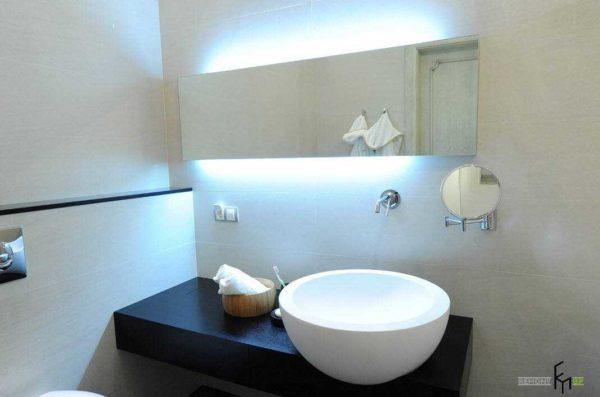
Raksta saturs
How to ensure electrical safety in the bathroom
In the bathroom, it is worth paying special attention to safety: water and electricity are a very dangerous combination. There are two ways:
- use the usual 220 V power supply, but select appliances with a high class of electrical safety;
- reduce the voltage to 24 V or 12 V with the use of appropriate low-voltage lights.
There is actually a third way – to use for lighting wireless wall lights on batteries. They have LEDs, so they use little energy and will last quite a long time. But this option can not give full lighting.
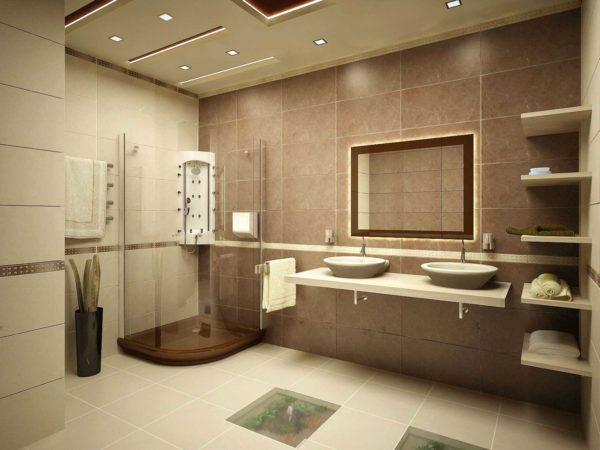
With the reduction of voltage is also not easy. In addition to the step-down transformer, you will still need to find suitable lighting fixtures for this area. There are, of course, but their design, to put it mildly, will not always be able to satisfy demanding tastes.
The most common approach is to choose fixtures for the bathroom with increased resistance to moisture – waterproof. But, in addition, to ensure safety, in the bathroom pull a separate power line, with its own RCD and circuit breaker. This guarantees the ability to quickly de-energize the room if necessary and automatic power cut-off in case of the slightest problems.
Protection class of bathroom luminaires
To classify the protection of devices, a special system has been developed. The safety class of the device (its housing) is shown by two digits and the Latin letters IP in front of them. The first digit shows how much the device is protected from dust and foreign objects getting inside, it also shows the safety of touch, the second digit shows the degree of protection from water and water splashes. The minimum protection is 0, the higher the number, the higher the protection. The exact data is shown in the table.

In the bathroom, the operating conditions of electrical equipment depend on the location. Near the bathtub, sink or shower, there is a high probability that water will get on the device in one way or another. Because these in the area try not to put lights, and if necessary (or very desirable), then use cases with a high degree of protection, not lower than IP67 (pictured below). Such lighting devices are placed in the tank of the bathtub, for illumination or directly in the shower cabin. As follows from the table, such a housing does not get water even when immersed to a depth of 1 meter. This class of lights for the bathroom will cost a lot, so if they are used, they are used in shower cabins.
Directly above the bathtub at a height of 2.25 meters is the zone in which to use acceptable housing with protection no lower than IP 65, with protection from direct ingress of water. The same zone is in the immediate vicinity of the washbasin – 60 cm from the tap to the sides and upwards.
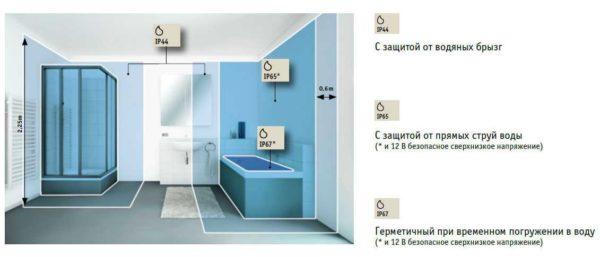
Fixtures for the bathroom IP 65 class also cost a lot. For this reason, and here and install lighting fixtures are very rare. Not bad will feel good except for LED strips in moisture-proof version. They, in principle, can even be immersed in water and cost such tapes are relatively inexpensive, but they should be powered by low-power sources, so that for normal operation requires a power supply that reduces the voltage to acceptable.
At the same height – 2.25 meters and a width of 0.6 meters around the bathtub and shower cubicle, it is quite possible to get splashes. Therefore, in this area put lights for the bathroom with a protection class of at least IP 44 with protection against splashing.
Types of luminaires used in bathrooms
Lighting in the bathroom is mainly done in the traditional way, installing lamps on the ceiling. And also use wall lights or mirror lights.
Ceiling lights
Ceiling lights for installation in the bathroom are of two types – recessed and surface-mounted. Recessed are used with suspended (from drywall or plastic panels) or stretch ceilings. Their distinctive feature is that most of the housing is behind the plane of the ceiling. Outside remains a decorative overlay and part of the bulb.
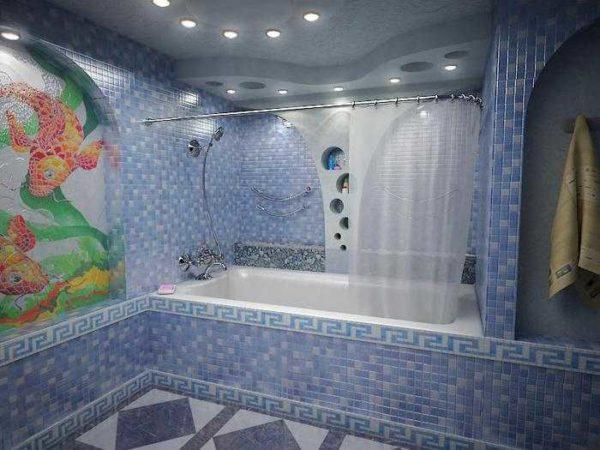
The protection class is selected depending on the installation location. Outside areas with special requirements, enclosures with a splash protection class of at least 1 (protection against vertical splashes) can be installed, while protection against dust is usually not standardized.
Bulbs built into spotlights for the bathroom are better to put LED. They consume little electricity and at the same time shine brightly, almost no heat and have a long working life.
The second option has a more traditional look, it is overhead ceiling lighting fixtures. They consist of a housing that is attached to the ceiling and a plafond. Among such models, there are quite a few with a high protection class, with such a structure it is not difficult to achieve tightness. For this purpose, a rubber gasket is usually used.
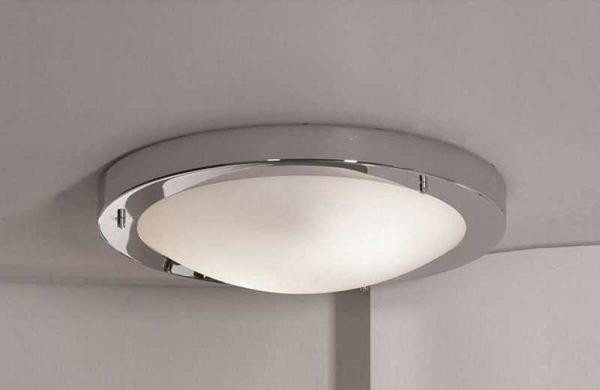
The range of both these and other lighting devices is large, in addition, they can be combined. They can be used to create a unique design that fully meets both safety requirements and provides sufficient light.
Wall-mounted
Even with good ceiling lighting, there is rarely enough light in the mirror area. For this reason, wall lights are also installed in the bathroom.
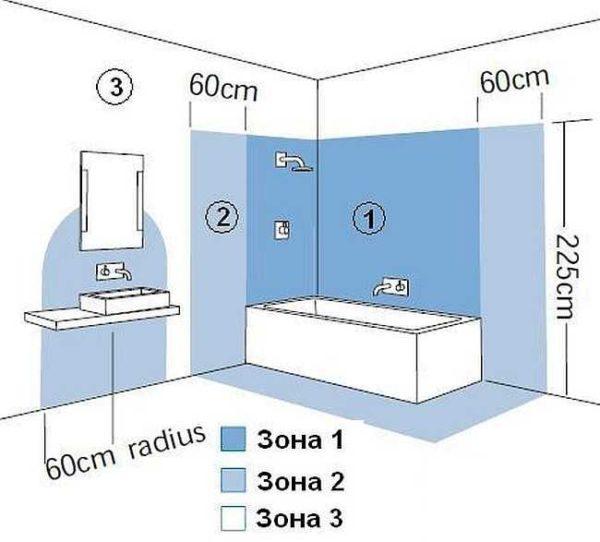
Depending on where you plan to put the luminaire, it can be IP 44 (zone 2) or IP 21, 31, 41, etc. The second number can be even higher.
Therefore, it makes sense to put lights for the bathroom above the mirror or use moisture-insulated (in a polymer tube) LED strip around the perimeter of the mirror. Light in this case is distributed evenly, which is convenient for shaving and cosmetic procedures.
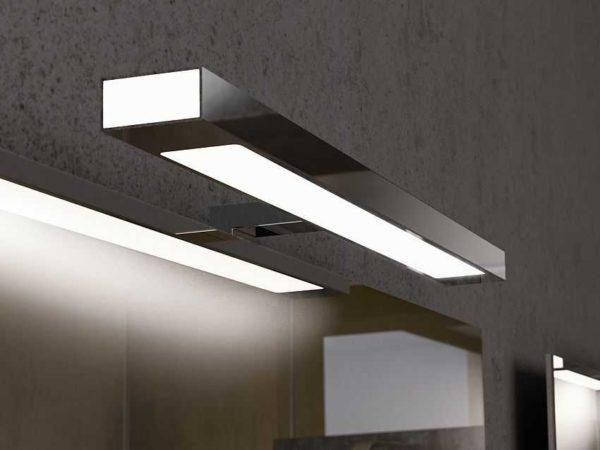
Another option is to install wall spotlights, which have a movable fixed plafond. They allow you to direct the flow of light to the desired area. They are loved by decorators, as they create interesting effects, highlighting a narrow section of the wall.
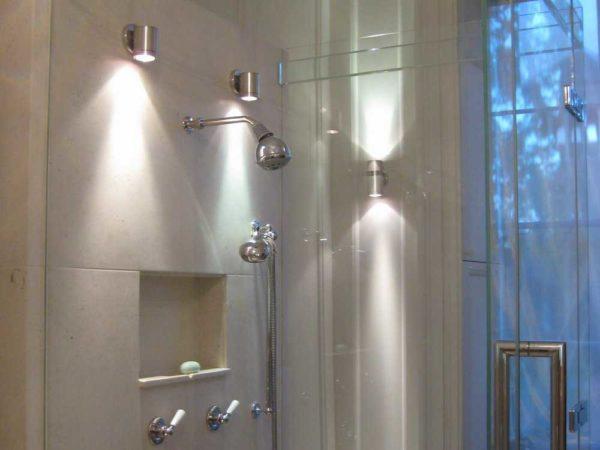
The combination of ceiling and wall lights for the bathroom will certainly allow you to get the intensity of light that you want. In addition, it is possible to change the degree of illumination at will by switching some of the light fixtures on and off.
Chandeliers
Chandeliers are rarely used in our bathrooms. In small rooms they look like an alien element, as most of them require a large space.
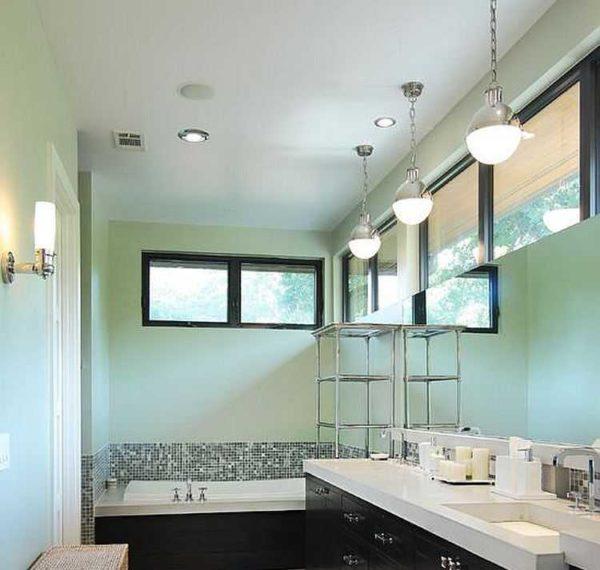
If there is an artistic flair can come up with something and with chandeliers to improve the interior of the bathroom. But it is better to choose from small laconic models, which firstly, can give enough light, and secondly, will meet the requirements of safety.
Additional possibilities
The bath is not only a utilitarian room for hygienic procedures. In a warm bath you can relax, rest, relieve stress. For such cases, you can make illumination. For this again use LED-tapes, but not white, which are taken for lighting, and colored, to create a softer atmosphere that promotes relaxation.
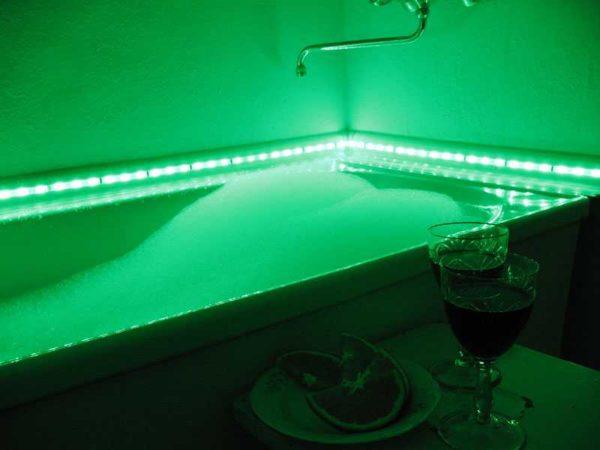
There are LED strips that can change the colors of the glow. They give out less light and are not used for basic lighting, but for highlighting – the very thing, because you can, depending on your mood, choose the color.
For those who want to create a unique bathroom design, there is another interesting and so far little used opportunity – to make backlighting in the floor. This is a complicated job, but the effect is very interesting.
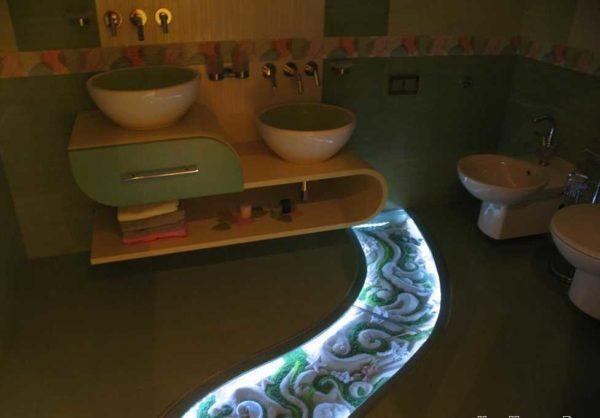
In general, the choice of lighting fixtures for the bathroom is a creative process. But at the same time do not forget about safety.

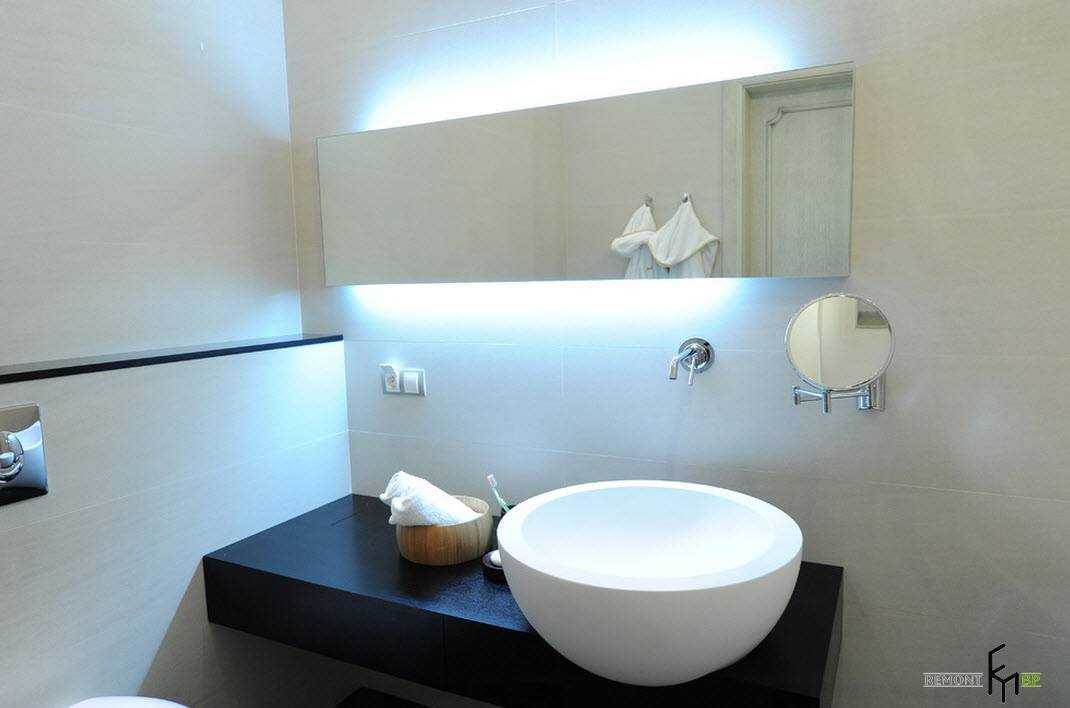
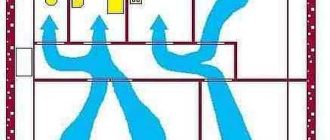
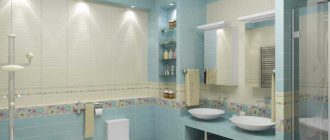
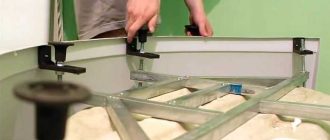
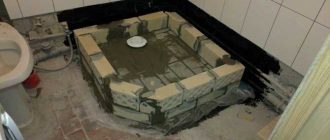
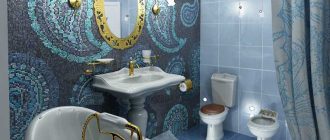
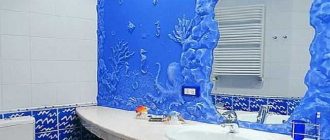
Choosing bath fixtures can be a game changer! When I renovated my bathroom, I went for sleek, modern taps that really pop. Just remember, it’s all about finding pieces that vibe with your style and are easy to clean. You’ll love the upgrade!
Picking bath fixtures can be a game-changer! I remember when I upgraded my showerhead and it felt like a spa every morning. Just make sure to match styles and check for quality. It really makes a difference in your space and vibe!
Totally agree! I swapped out my old faucet for a sleek one last month, and it transformed my kitchen. Every time I wash dishes, it feels so much more enjoyable. Definitely a little upgrade that packs a punch! Quality really does make all the difference.
Choosing bath fixtures can be a blast! I remember picking out my first set; I went for sleek designs that matched my vibe. It’s all about finding what feels right for you. Don’t rush it—take your time and enjoy the process! Happy decorating!